Local leaders, residents and businesses are grappling with a long list of unanswered questions about Northern CA’s deadliest and most costly wildfire.
Creating Firewise Communities in the Era of Climate Change
“These kind of catastrophes have happened and they’ll continue to happen, and we have to be prepared to do everything we can to mitigate.”
Governor Jerry Brown
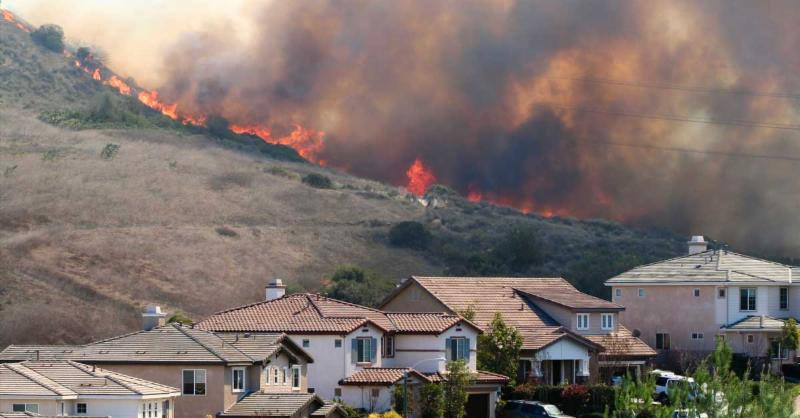
As firefighters extinguish the remains of Northern California’s deadliest and most costly wildfire, local leaders, residents and businesses alike are left grappling with a long list of unanswered questions ranging from how to provide immediate and permanent housing for displaced residents in one of the state’s most constricted housing markets to unpacking the causes behind the severity and scale of the fire.
While the causes of the fires that ravaged in and around Napa and Sonoma counties killing 23 people and destroying 6,768 structures are as-yet unknown, climate scientists are calling the fires “climate enabled” by hotter temperatures; an extended period of drought which made vegetation (live or dead) more receptive to burning; and stronger winds – Diablo winds gusting up to more than 70 miles per hour quickly spread the North Bay fires, similar to the Santa Ana winds and Southern California wildfires.
A 2016 study looked at fire occurrences in the Western United States over the last 40 years using climate modeling and concluded that almost half of burning over the past several decades can be attributed to climate change from anthropogenic sources.
Fire “season” now lasts most of the year – this shift happened in our lifetimes. Average global temperatures have escalated steadily and rapidly since 1980, according to LeRoy Westerling, a UC Merced professor and co-director of the school’s Center for Climate Communication.
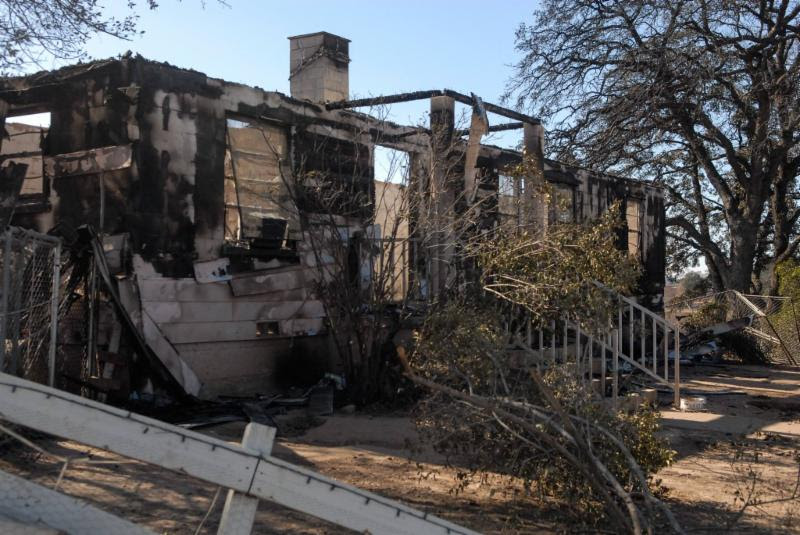
Sixteen of the 17 warmest years on record have all come since 2001. In that time, the areas burned by wildfires in the West have increased 390% – that is, “390 percent per decade, over that original baseline,” Westerling said.
In the last month, more than 80 large fires burned across nine states in the Western U.S. and into Canada. Fires in Oregon, Idaho and Montana have been threatening structures and popular recreation areas like the Columbia River Gorge and Glacier National Park. British Columbia has declared its worst fire season on record. More than 100 fires are burning in Washington alone.
This isn’t just a problem for rural and forested regions with high fire risks. The impact of these fires has extended far from the fire zone with smoke blanketing many major cities, some hundreds of miles away from an active fire. Residents from San Francisco to Sacramento to Fresno were affected by smoke from the Napa and Sonoma fires. The Bay Area Quality Management District said they experienced unprecedented levels of air pollution in its nine-county region.
As climate change fuels increasingly large and frequent wildfires that hit closer and closer to densely populated urban centers, the smoke they produce is becoming a public health crisis.
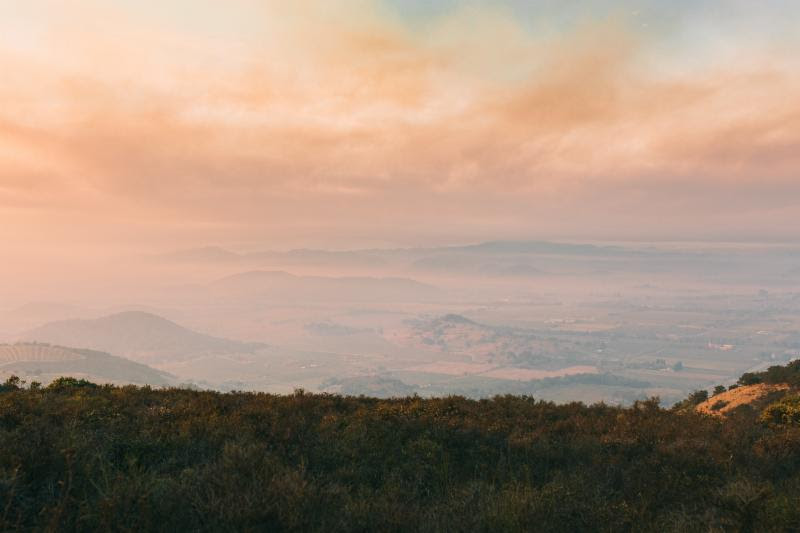
Wildfires aren’t a new threat – they’ve been destroying cities for centuries. However, the way we’ve been building cities over the last few decades is making those fires far more destructive. More Americans are moving into what’s known as the wildland-urban interface (WUI), where suburbia bumps up against wilderness areas.
Since the late 1970s, the number of Americans living in WUI lands has doubled, and 60% of new U.S. homes have been built on WUI lands since 1990.
Not only are more structures threatened by fires, it’s also costing cities (and state and federal governments) more to evacuate residents. The U.S. Forest Service now spends about half of its budget on firefighting, compared to only 13% in 1995.
Forests are supposed to burn as part of the natural ecological process but as cities allow people to live closer and closer to forests, prescriptive burns become impossible.
Another challenge related to population growth is risk related to maintenance of utility power lines.
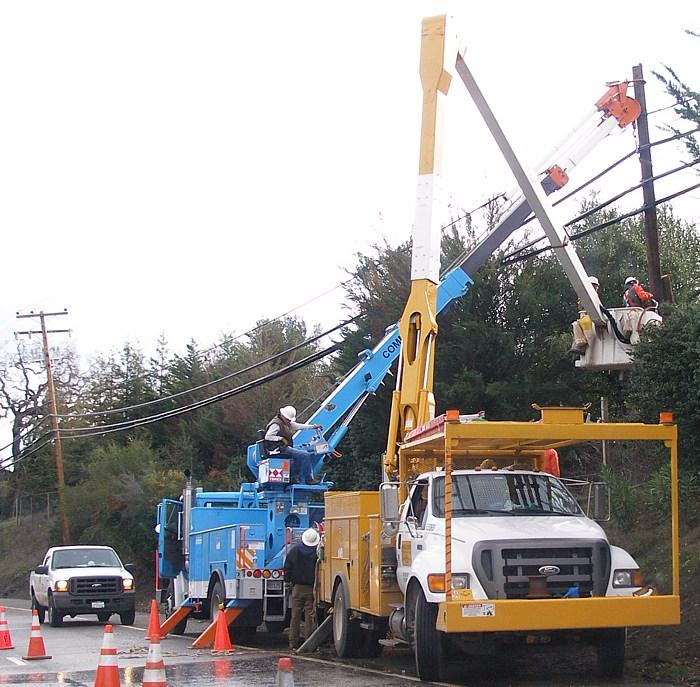
PG&E and other large utilities in California have a long history of being found responsible for major wildfires because of inadequate maintenance of their power lines. In April, the California Public Utilities Commission fined PG&E $8.3 million for failing to maintain a power line that sparked the Butte Fire in Amador County in September 2015.
CalFire announced last year that it will seek to force PG&E to pay $90 million in firefighting costs. The California Public Utilities Commission is currently investigating any role inadequate maintenance of PG&E power lines might have played in sparking the Northern California fires.
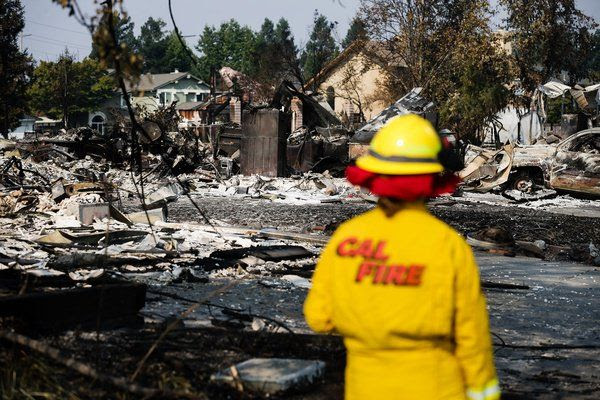
“Every place on our planet has some natural phenomenon that is not friendly to humans. If you live on the East Coast, you are going to experience hurricanes. If you live in the Midwest, you are going to experience tornadoes. If you live across forested regions in the West, you are going to experience wildfires,” said Philip Higuera, a professor of fire ecology at the University of Montana. “We need to develop in a way that is cognizant of these processes – that is not ignorant of the way the planet, and the environment you live in, works.”
As fires get closer and closer to cities, it’s also challenging our response teams. “Most wildland firefighters are not trained in structural protection, but the urban fire departments are not trained to deal with dozens or hundreds of houses burning at the same time,” said Volker Radeloff, a forestry researcher at the University of Wisconsin. “When these areas with lots of houses burn, the fires become very unpredictable.”
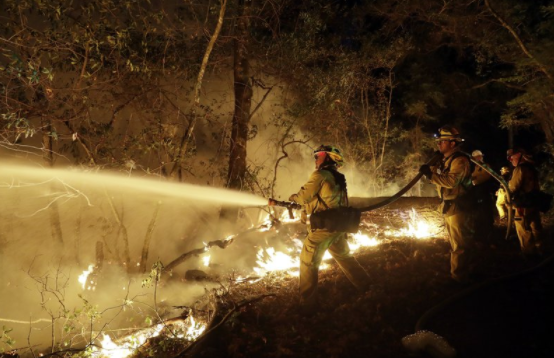
According to Mark Finney, a U.S. Forest Service researcher at the Missoula Fire Sciences Laboratory “a wildfire typically doesn’t last in one spot more than a minute or two. In grass, it can be like 10 seconds. But structures can burn for a long time. That means they have a long time to be able to spread the fire, to be able to ignite adjacent structures.”
This risk is especially high if cities aren’t built to resist wildfires—including regulating denser development, less flammable materials, different ornamental vegetation and undergrounding power lines.
What local governments can do
- Consider the fire risk of allowing new housing in the wildland-urban interface and encourage construction in lower fire risk, dense city centers. If building continues to expand in areas that include the WUI, so must the knowledge of the fire threat posed to residents living there.
- Identify and address conflicts or barriers to fire adaptation in local land-use planning, building ordinances and building codes.
- Incorporate fire-safe features into new development (such as building codes, landscaping and evacuation routes) and add specific restrictions when building in dangerous topography or conditions. Structures and landscaping should be designed, constructed, retrofitted and maintained in a manner that is ignition-resistant.
- Engage insurers to educate homeowners and developers about using fire-resistant building materials and designing appropriate access roads to homes and developments.
Local governments should also consider developing utility-undergrounding programs. California regulations use a formula for allocating some money each year from utility customers’ bills to the costly task of undergrounding projects in cities that want to bury their power lines.
PG&E undergrounds about 30 miles of electric lines each year. Other utilities have been more aggressive. San Diego Gas and Electric Co., says that 60% of its lines are now underground. The City of San Diego also placed a high priority on moving lines underground and set up its own funding system to support the work.
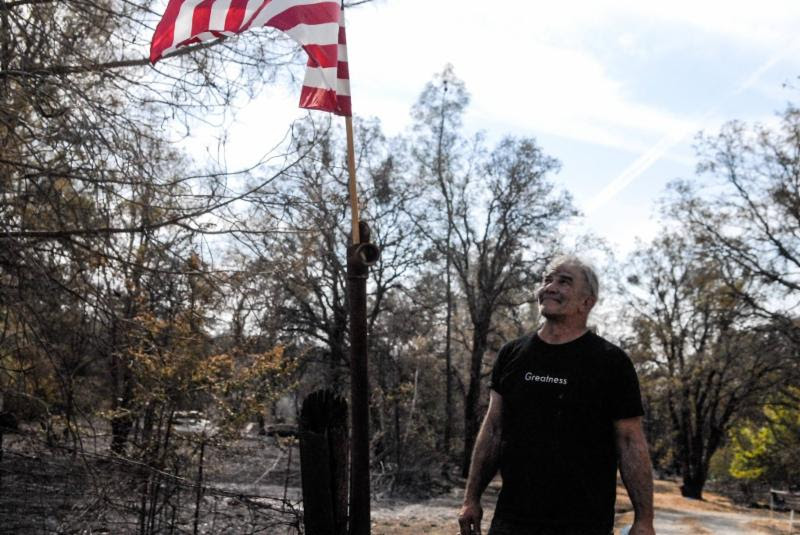
Communities can never completely eliminate fire risk but there are a number of measures that can dramatically reduce the risk. Doing so is of growing importance as the consequences of climate change increase the length of the fire season and the scale of wildfire events.
Resources
- Firewise Communities Program http://www.firewise.org/wildfire-preparedness.aspx
- Ready, Set, Go! http://www.readyforwildfire.org/Ready-Set-Go-Campaign/
Local Government Commission Newsletters
Livable Places Update
CURRENTS Newsletter
CivicSpark™ Newsletter
LGC Newsletters
Keep up to date with LGC’s newsletters!
Livable Places Update – April
April’s article: Microtransit: Right-Sizing Transportation to Improve Community Mobility
Currents: Spring 2019
Currents provides readers with current information on energy issues affecting local governments in California.
CivicSpark Newsletter – March
This monthly CivicSpark newsletter features updates on CivicSpark projects and highlights.



